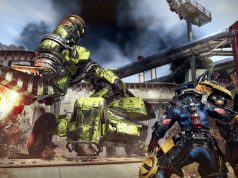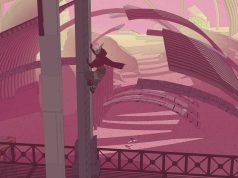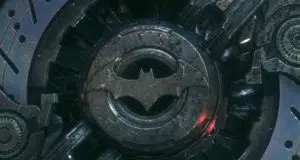Title: The Order: 1886
Type of Game: Action-Adventure, Third-Person Shooter
Developer: Ready at Dawn
Publisher: Sony Computer Entertainment
Released: February 20, 2015
Platforms Available: PlayStation 4
Platform Reviewed: PlayStation 4
Maturity: Mature 17+
Reading Time: 10 minutes
A Visual Marvel with Gameplay Shortcomings
The Order: 1886 was first introduced with the Playstation 4, and for many gamers, it was a symbol of how good games could look on the console. The game’s graphics are undeniably stunning, setting a new standard for visual fidelity in gaming. However, with more snippets and previews of the game, nervousness grew in the gaming community, and sadly rightly so.
An Intriguing Premise
What’s appealing about The Order: 1886 isn’t just the graphics, but the subject matter. The game is set in London in 1886 in an alternate reality, in which you take on the role of the knight Galahad. He is a member of the ancient Order of the Protectors of the British Kingdom, which is currently facing two troubles. The first is rebels unhappy with the government and social and political conditions in the British Empire, the second is attacks by werewolves. To make matters worse, a certain Jack the Ripper is on the streets of London. The knights have their hands full, but fortunately, they each have a vial of living water from which, if they suffer serious injuries, they can just drink a little and continue the fight. The same substance also prolongs the lives of the warriors of this Order, which last for centuries.
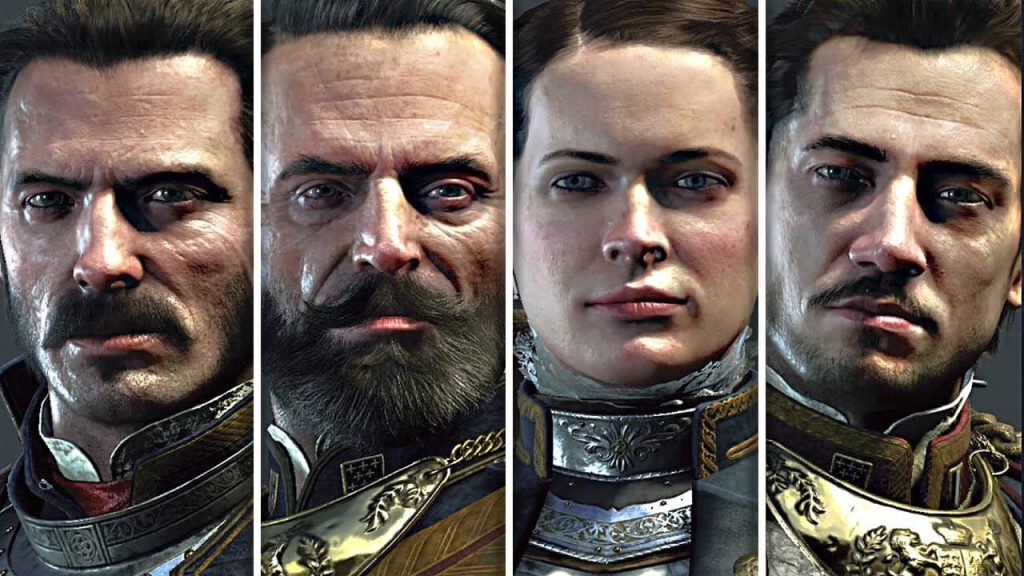
Plot and Characterization
The game’s story develops a conspiracy theme, and all the time, you are searching for who is actually pulling the strings behind the scenes and who is the traitor. The overall design, setting, and craftsmanship are of such a high standard that you can almost forgive the plot for logical flaws and places where everything doesn’t quite fit together. However, there is one major hitch. The characters are easy to remember and are instead one of the game’s strengths, the exception being the protagonist, unfortunately. Sir Galahad is a perpetually grumpy sociopath without a shred of character who has no problem with “chivalrously” murdering even those he’s not even sure are his enemies. Perhaps never before in an action game have I felt so bad that maybe I shouldn’t kill everything that moves.
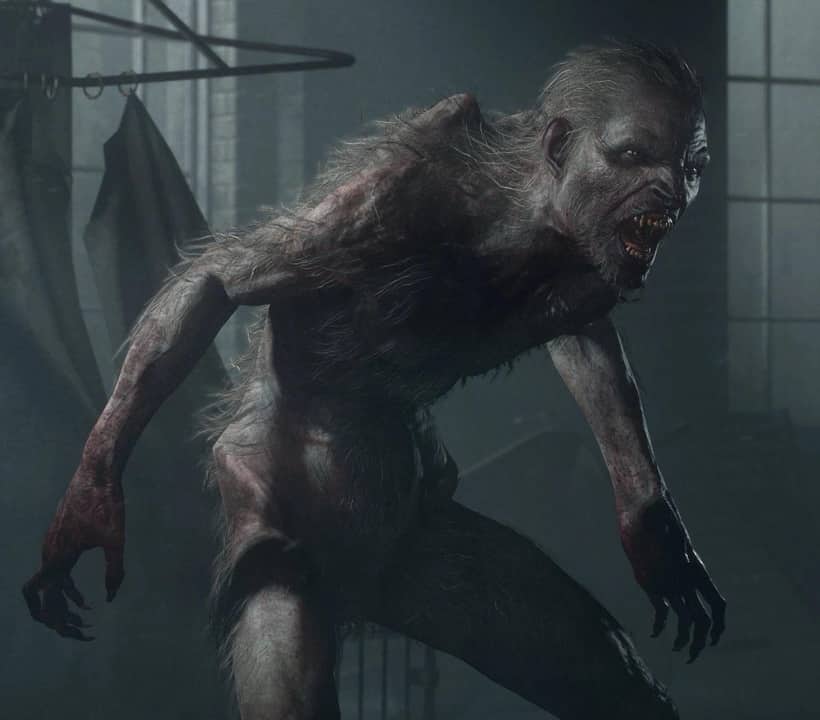
World-Building Through Articles and Audio Tapes
As for the world, the game also illustrates everything around you through the newspaper articles you come across while playing. For some reason, however, the articles you find aren’t saved anywhere, and you have to read them in-game at any given moment. Plus, to show how detailed their game’s graphics are, the developers only show them in ant-like writing on newsprint. I’d like to know more about the world, but I’m not going to ruin my eyesight for it. The other source of information is the audio tapes, which you can thankfully listen to later.
An Unresolved Ending
While I’m on the subject of the problems with the story, I mustn’t forget the absolutely crucial problem, and that is the ending. The game ends in a “sequel next time” style, with the vast majority of the plot completely unresolved. So, after eight hours of play and a very unsatisfying final battle, the game waves goodbye hints at the next installment, and the disc can go back into the box.
Lack of Multiplayer and Replayability
The Order: 1886 also contains no multiplayer. If you think you’re going to create your own knight and then work your way up to it by fighting in tournaments or taking down werewolves in co-op, you need more time. There is no such thing in the game. Also, forget about any Game Plus. The game doesn’t have a character, weapon, or ability upgrade system where you can start your next playthrough with your Galahad 2.0. I’ve already talked about the collectibles issues, plus The Order: 1886 certainly doesn’t encourage any exploration of alternate or hidden paths, thanks to its corridor tuning. There are only three difficulty levels to choose from. How to make a linear, action-oriented single-player campaign game was demonstrated, for example, by Wolfenstein, which also came out in the early PlayStation 4 era.
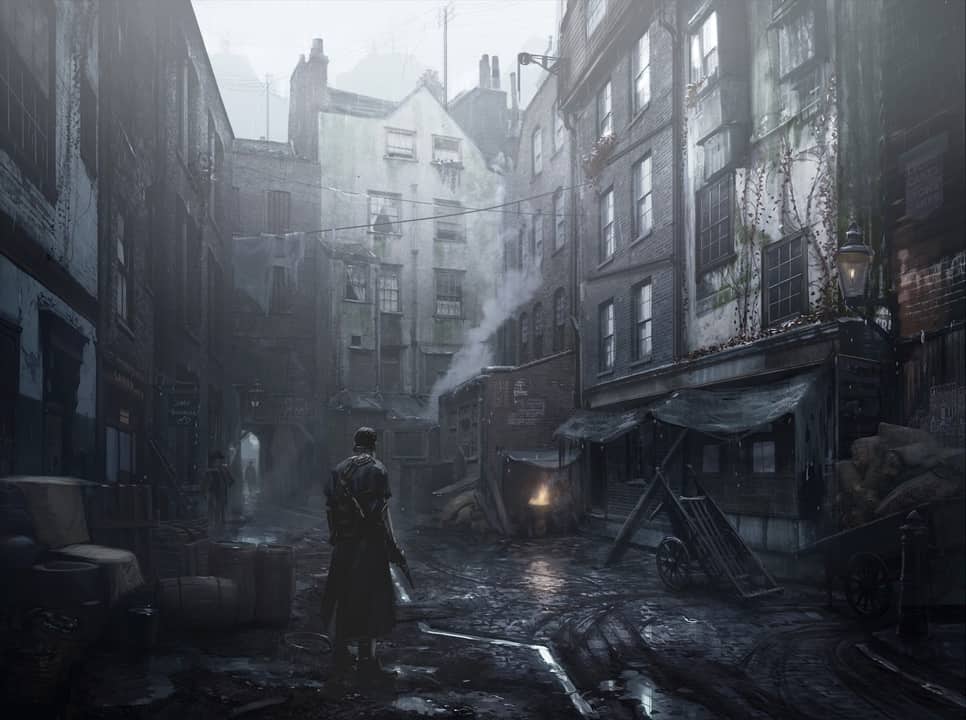
Linear and Constrained Gameplay
Fans of action games know that the term “corridor” or “tunnel” for contemporary linear action isn’t exactly accurate. There is a clear tendency here to stretch maps wide. More expansiveness and more possible paths, or corridors if you will, not only make for more tactical firefights with exploitative environments but also encourage further exploration and replayability. The Order: 1886 is not like that. The movement options here are very limited indeed. Levels are limited to bridges, alleys, corridors, and more corridors. I still remember to this day when one of the last shootouts in the game at the time shoved me into such a tight space that I couldn’t even use the cover-for-obstacles system.
I felt like the developers were perhaps kidding themselves. At least with shootouts, you can appreciate the rich arsenal, which includes some interesting bits. The best of these is a weapon that first fills an area with thermite, which you can then blast away with a single shot. Unfortunately, I only got to this weapon once during my playthrough, but maybe I was just looking for it wrong. Again, only two weapons can be carried at a time, and again, you must hold the assigned button to collect any ammo or grenades. Galahad can also activate a time slowdown during an action, but this didn’t help me much in practice as it’s handled rather clumsily.
A number of things are missing from the game. You can only do rolls if an enemy throws a grenade at you. You can’t throw it back, by the way, and you have to select it as your primary weapon when actually using it – it doesn’t have its own button. It’s also not possible to switch the camera view over your left or right shoulder when aiming. Of course, you can’t miss the exploding barrels, though.
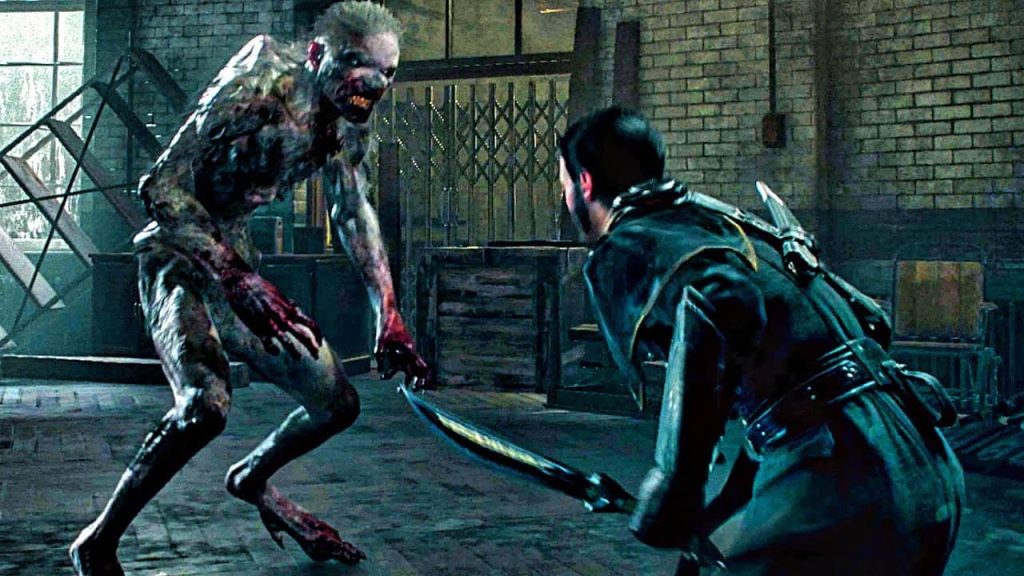
Incompetent AI and Partner System
As for your fellow soldiers, it’s perhaps even more terrifying than usual. We’ve already gotten used to having an incompetent partner by your side during action games. It makes sense; if he was doing a lot of the work for you, you’d get bored. However, Bioshock: Infinite and The Last of Us have shown that it can be done in other ways. The solution is special, supportive abilities for your teammates. The Order: 1886’s squadmates, on the other hand, possess unprecedented incompetence, and during firefights in which you slaughter endless mobs of your supposed enemies, you’re virtually unaware of your squadmates. Wait, I have yet to mention quick-time events.
The Annoyance of Quick-Time Events
For the lucky uninitiated, first, an explanation. Quick time events (QTEs) are the parts of games where the game signals you to press a given button that appears on the screen within a specific short period of time. I don’t like QTEs much in action games in general; perhaps the only exception is the God of War series of games.
Repetitive Boss Fights
The boss fights in The Order: 1886 look spectacular, but they’re primitive. It’s brands like God of War with episodes like Chains of Olympus and Ghost of Sparta that were obviously the biggest inspiration, but the big problem here is that with God of War, it was done and felt, which can’t be said for The Order: 1886. The developers had the foolish idea that it could work here. And preferably often. A lot. QTEs are elevated to a new level of annoyance in The Order. I could still bite through the moments during sequences where QTEs jump out at you, but even something as routine as silent attacks from behind work in a QTE-based game.
Fights with werewolves are another example. Everything plays out according to the same script over and over again. Galahad stands in a warehouse-type room and has to defend himself against two or three charging creatures. Machine gun, QTE, machine gun, QTE. The two boss fights in the game (including the last one) are based on a combination of quick-time events and primitive controls. Both arcades are precisely the same. Indeed, the final fight is a de facto copy of the one you encounter halfway through the game.
Innovative but Underused Gameplay Mechanics
At the same time, The Order: 1886 has some interesting ideas regarding gameplay mechanics for its time and using the then-new controller. Mating locks, for example, take advantage of the intensity of the vibrations in the controller. Other times, you give Morse code air support via a touchpad press. When hacking, it’s time to play with the analog sticks. But after that, it’s back to the classic scheme of a movie, QTE, corridor shootout, and so on. What’s missing are the genuinely memorable sequences and levels with the excellent design we know from the Uncharted and God of War series.
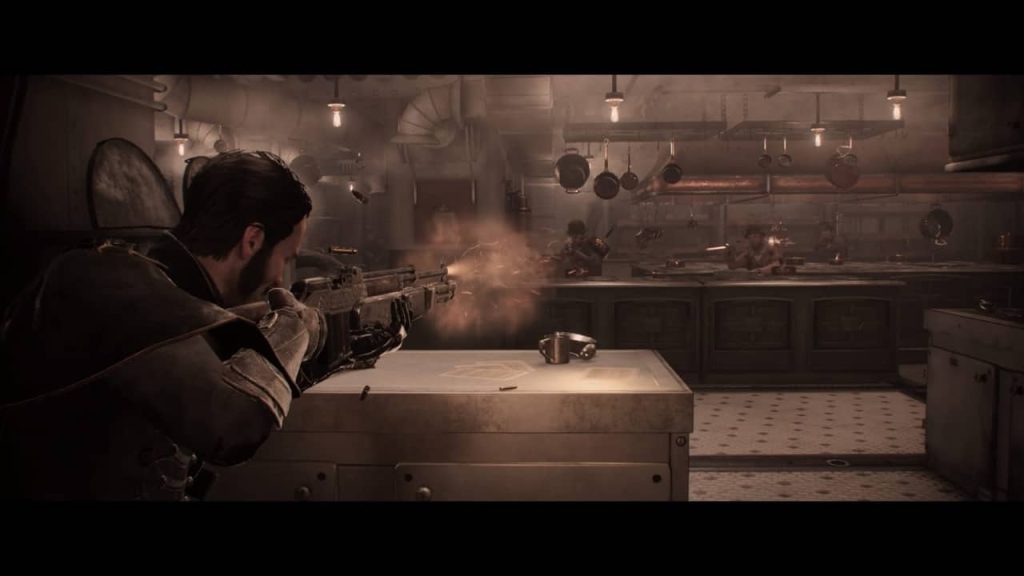
The Power of Graphics and Narrative
It probably looks like I must have suffered a lot while playing, but it’s not like that. In fact, The Order: 1886 reminded me of the power graphics and narrative can have on the overall impression of a game. The game looks better than anything else on the PlayStation 4 of the time and for several years afterward. The environments are incredibly detailed, and the game’s levels and locations are filled with individual items that are a joy to behold. I have to single out the reflections and flares of light from individual objects and puddles or the detailed character models. Their animations are mostly realistic and wonderfully fluid.
Before launching the game, I was a bit suspicious that it would suffer from an unstable framerate, but this was not confirmed. It runs at a steady 30 frames per second without any twitching or slowdown. I just didn’t like the unnecessary black bars above and below the image. I welcomed this element in Evil Within, as it helped to add to the nervousness of the horror with a limited view, but here it is an annoying uselessness. Also, the destruction of the environment could have been greater – for example, you can shoot through some of the wood in the game but not others. Certain parts of the game, where the wildest firefights occurred, shouldn’t be recognizable after shooting enemies. Still, only some objects are interactive, and the memory of the fights remains mostly holes in the walls.
Audio Landscape
It’s a bit sad that the creators didn’t play more with the sound. The soundtrack lacks a distinctive central melody or an enjoyable, memorable accompaniment. Even more disappointing is the sound effects mix, which lacks depth as it usually lacks, for example, echo or decay where you would expect it.
Conclusion
Despite all the negatives, I must admit that The Order: 1886 held me pretty well throughout my time playing it. The game looks so amazing that you just can’t help but want to see what other locations the game has to offer. Despite the problems mentioned above, the story also keeps your curiosity, but primarily due to the technical aspect and the appealing setting. It does not, however, completely turn a blind eye to the negatives.
Where to Buy The Order: 1886
PlayStation Store (PlayStation 4): Available for $19.99. You can find it on the PlayStation Store.



